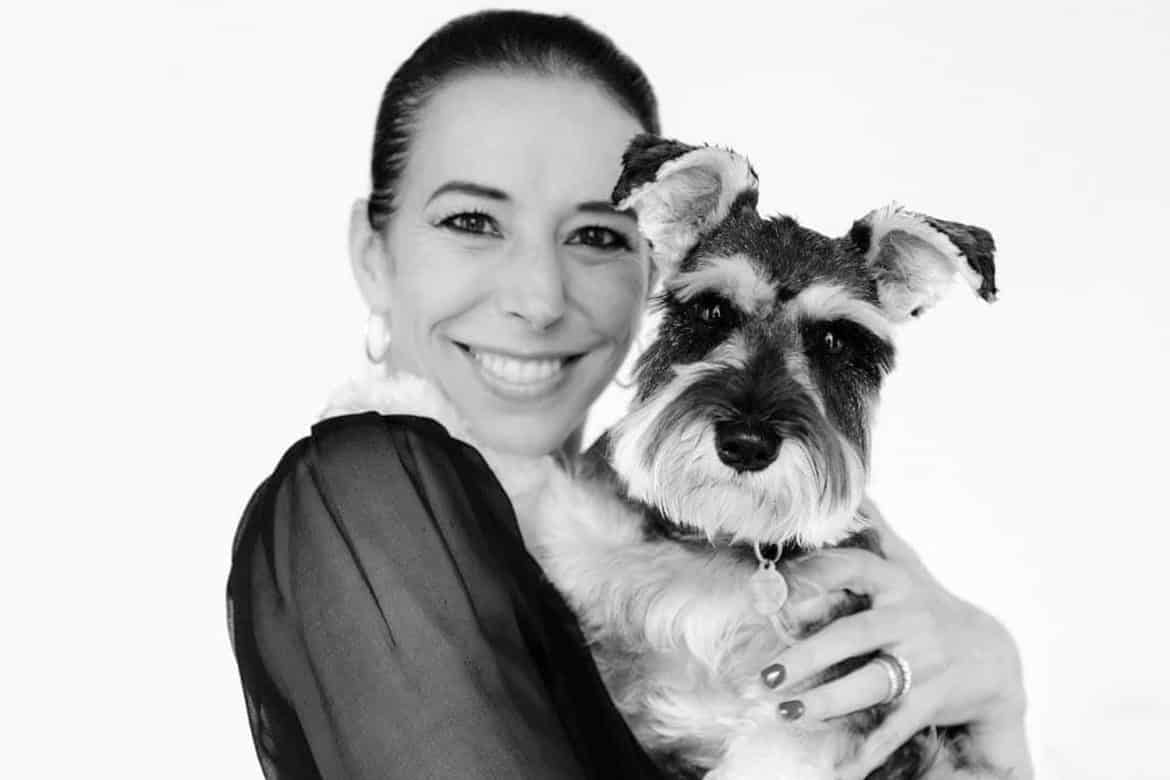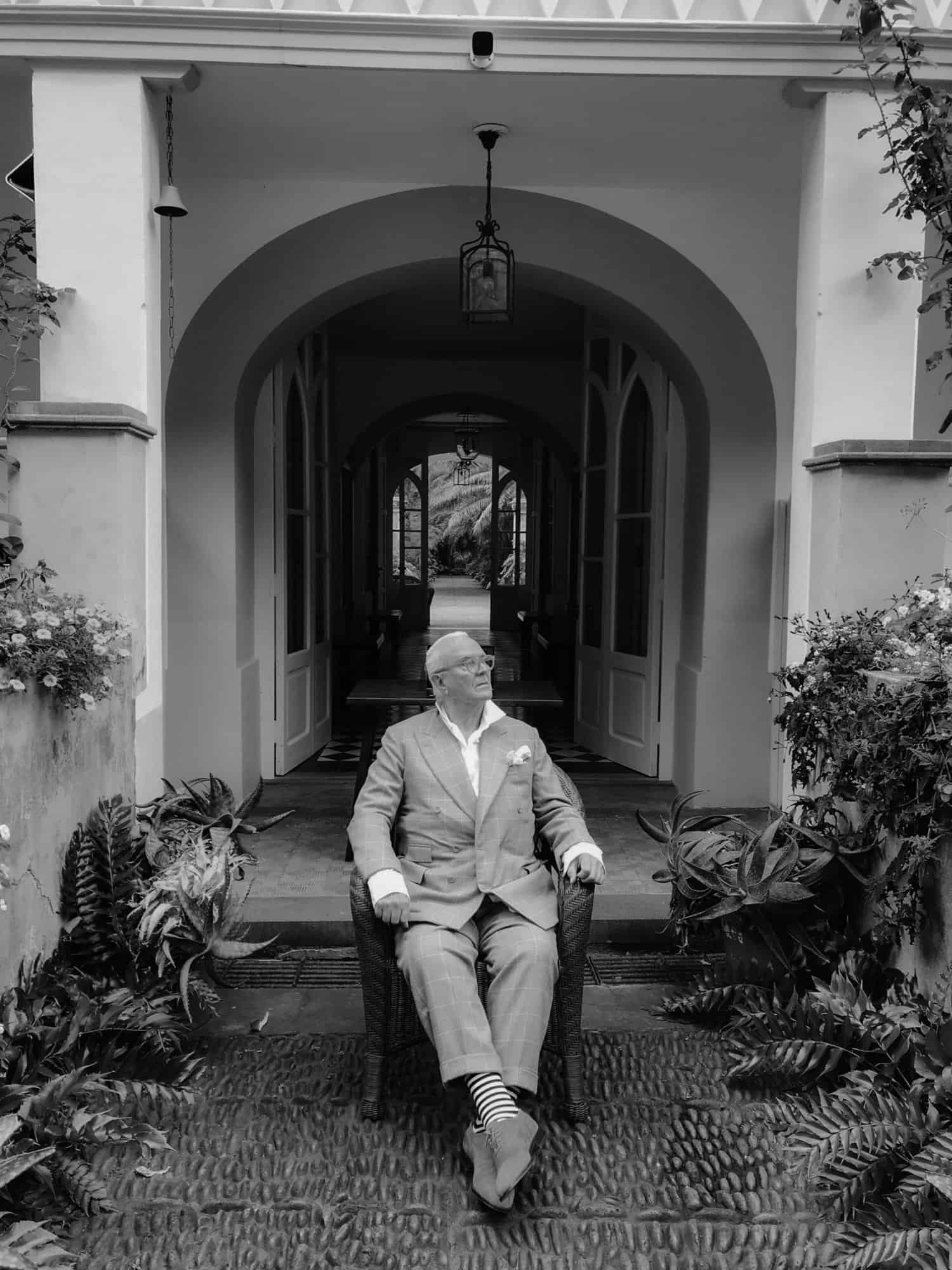Who better for Manolo Blahnik to entrust the next generation of his business to than his niece Kristina Blahnik? As the brand’s CEO, she brings a rare mix of business experience and creativity and a background in architecture to keep the company going for generations to come. The London-based exec tells The Daily what it was like growing up with the legendary designer and what it’s like working with him today.
What have been some of the great lessons you’ve learned from your uncle?
Curiosity. He is one of the most curious people. That has made him one of the most cultured people in the world. He is a complete academic in quite a lot of fields. He could probably do a lecture course on the history of film and art. He is an avid reader and absorber of information and a disseminator as well. That hunger comes from a deep curiosity.
How did you get involved in the company?
I got involved from the age of 6. When the shop closed, my job was to brush the suede shoes. I grew up in a world where I was contributing. I suppose shoes were in my bloodstream from when I started living with them and in them. From my whole teen years to when I was an architect in my early thirties, I was still always involved. In 2009, I had my practice and there was a moment in my life where lots of roads connected and joined; it was a moment of knowing I needed to do this now. I got to a juncture in my journey as an architect where I felt the need to try something different. I suppose there was a natural draw to what my family had started. The second generation’s job is to protect the legacy and evolve it into the next stage of its iteration.
You’ve had different roles throughout your time there. When did you finally become CEO?
In 2013, I got entrusted with the CEO role, which is still a long-running joke in my family because my uncle isn’t very good at acronyms. CEO sounds so corporate, and we’re not corporate. I’m not a title person at all. I like to say I’m a creative strategist. That’s what architects are. They strategize creative outcomes. That’s how I like to think of myself.
What is the creative process like between you and your uncle?
He’s the wealth of knowledge in terms of traditions. His own motto is “Without tradition, we are nothing.” He’s very much the encyclopedia that will come up with the initial concept and designs, and I will then feed in and ask questions and be curious. We start conversations and I will then layer on more interpretations of his vision to ensure that there is this globality for the product. What is demanded and needed for one territory is different from another territory.
Do you typically see eye-to-eye on design?
Yes and no. It’s important not to because that’s where excitement and conversation happens. There’s no point in saying you love something if you don’t. He’s very vocal.
We love your uncle! What was it like growing up with him?
It was dynamic and colorful. It was dynamic in a way that there was so much tradition and culture in what we did. The memory that always jump to mind is the house in Bath, England. We used to come every Friday night from London and spend the weekend in this beautiful house. It had these incredible antique pieces. It was like he imagined himself living 200 years ago. We’d also be watching black and white movies, Elvis movies, Ben-Hur. We’d sit on his lap as he sketched collection shoes. There would be smells from the kitchen and music playing. It was a sensory overload. He radiates so many energies.
Did you sense as a child that he was different than other people?
No. What you’re around as a child is your norm. Another memory is we used to go to this shop on Old Church Street. At 3 p.m. after school, I’d go to the shop and watch Mighty Mouse and do my homework. Grace Jones would come in with Dolph Lundgren, who she was dating at the time. I knew that wasn’t necessarily the norm, but it was my childhood. Suddenly when you’re older you realize that was quite exceptional. I have huge gratitude. He’ll never say he loves something if he doesn’t. You end up with something better with constructive feedback. Ultimately, he’s such an astonishing designer that there is rarely anything to disagree with. It’s coming from a genuine place of art and culture and reference.
What are your goals for the brand?
I want to see it grow in a safe way, a slow way, and a way that doesn’t in any shape or form compromise the core value of creativity, beauty, and quality. The commercial success should be a by-product of getting everything else right. It’s not about numerical growth, it’s about qualitative growth.


